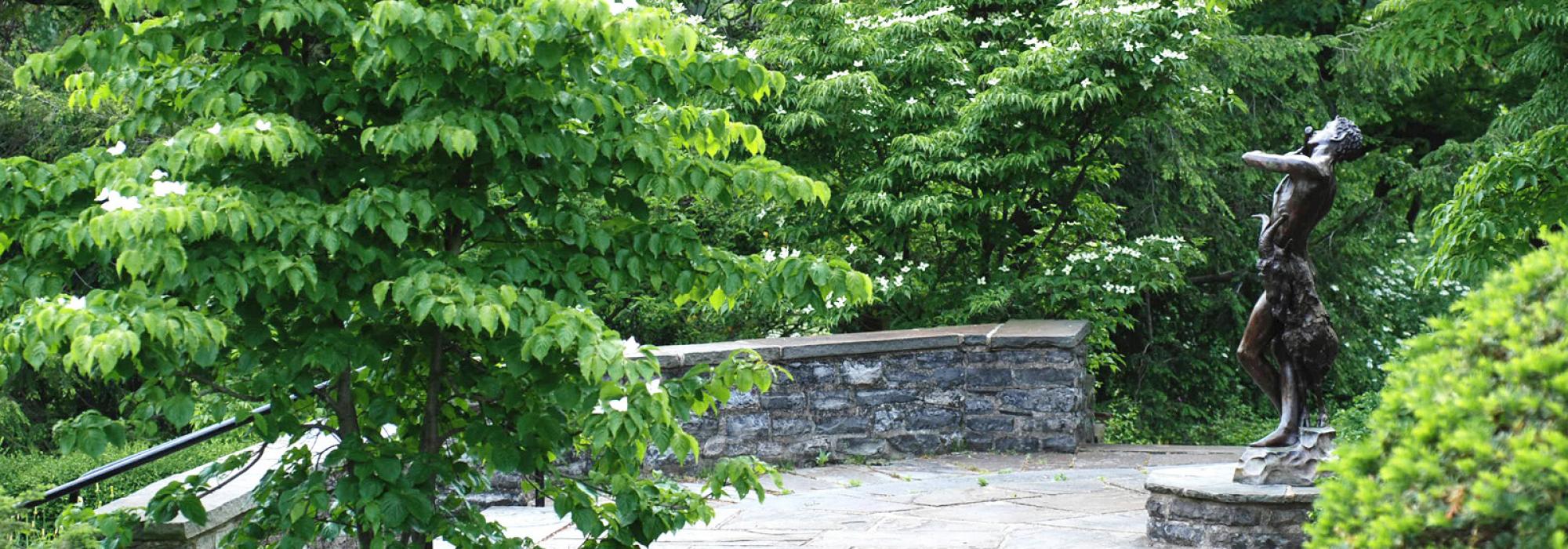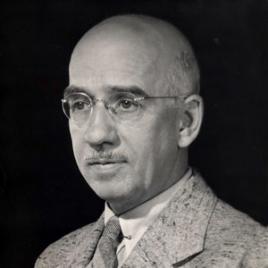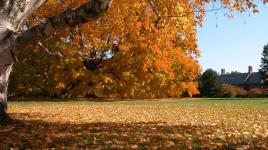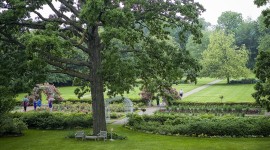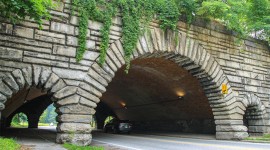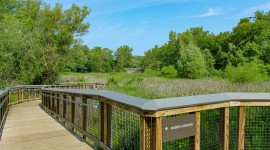Pioneer Information
Born in Rochester, New York, Pitkin, Jr., attended Cornell University, from 1905 to 1907, where he studied horticulture and was likely instructed by Bryant Fleming, the first lecturer and instructor of the newly formed Department of Landscape Art in the College of Agriculture. By 1909 Pitkin had returned to his native city and established a private practice with Ralph Weinrichter designing private and institutional grounds, including the Toledo Museum of Art. In 1914 Pitkin partnered with his brother-in-law, Seward Hamilton Mott, designing a Flint, Michigan, subdivision for General Motor employes. The two practioners continued to collaborate in designing estate grounds and subdivisions, and in 1919 they relocated their practice to Cleveland, Ohio, where they incorporated the firm William Pitkin Jr. & Seward H. Mott – Landscape Architects in 1923. The practitioners designed numerous subdivisions and estates, such as Kingwood in Mansfield, Ohio (now Kingwood Center). In the early 1930s, the pair collaborated on several Cleveland sites, including Rockefeller Park, Shaker Lakes, and Ambler Park, before disbanding. In 1924 Pitkin worked with architect Albert Kahn, designing the grounds of Angell Hall at the University of Michigan in Ann Arbor, and was engaged by the University of Rochester in 1934 to design portions of their River Campus. Upon his father’s death in 1936, Pitkin returned to Rochester, becoming the president of his family’s nursery and horticulture business, Chase Brothers Co. He served as Rochester’s superintendent of parks from 1943 to 1950, before relocating to Asheville, North Carolina. He passed away at the age of 88 and is buried in Rochester’s Mount Hope Cemetery.



